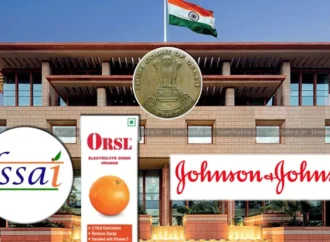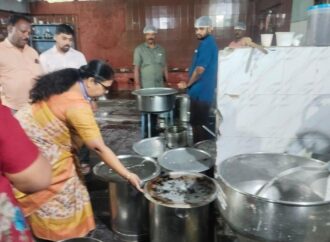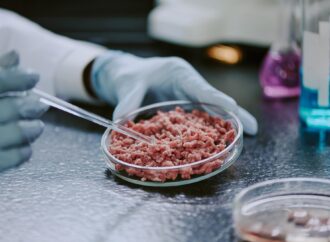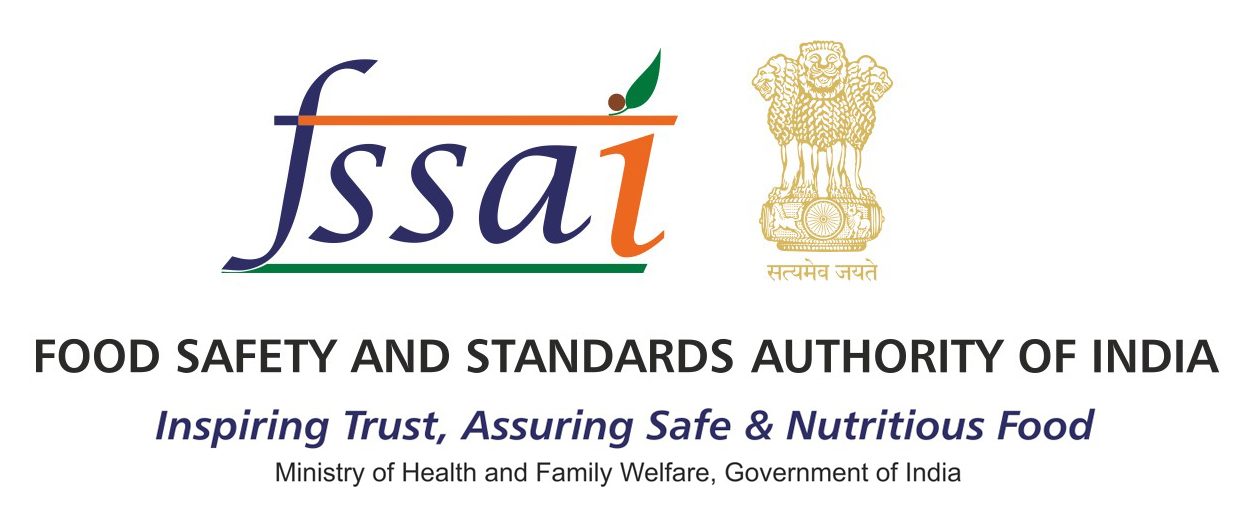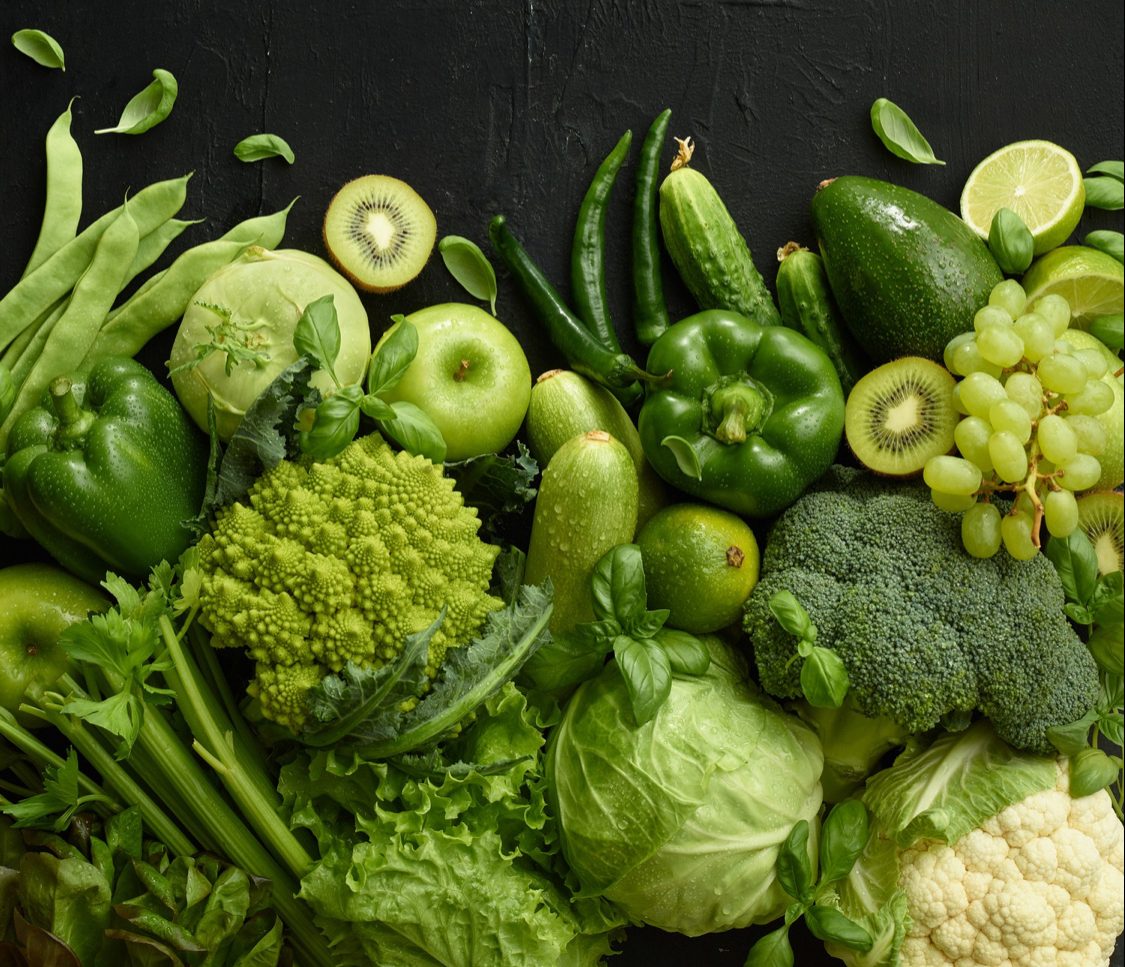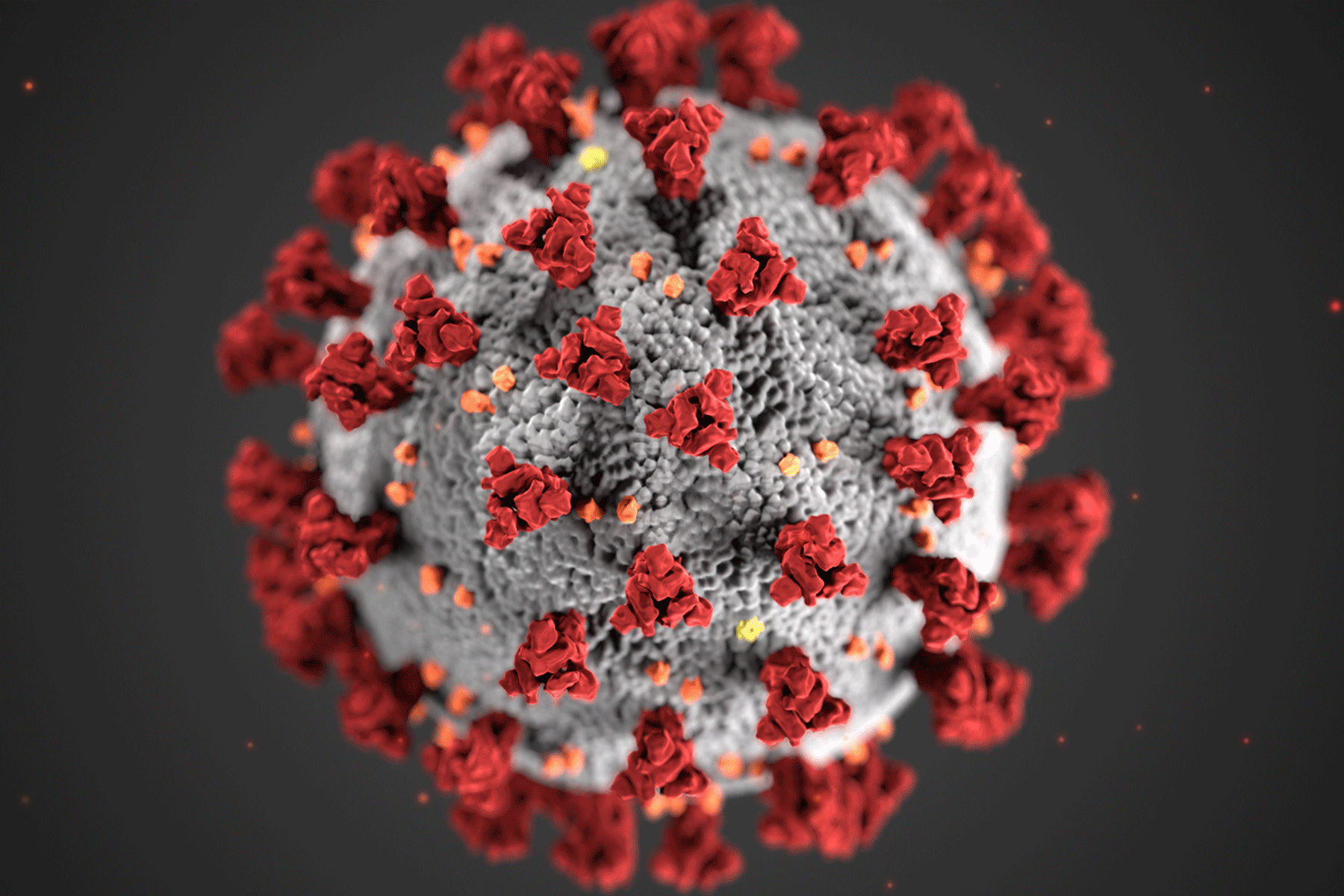Leafy greens like spinach, lettuce, coriander, and fenugreek are widely considered healthy foods. They’re rich in essential nutrients such as vitamins, minerals, and fibre, making them an excellent addition to any diet. However, despite their health benefits, leafy greens are among the most contaminated foods, especially in India. The combination of poor farming practices, polluted water sources, and harmful food adulteration techniques is making these vegetables a significant health concern.
Why Leafy Greens Are Particularly Vulnerable

Leafy greens are more vulnerable to contamination compared to other vegetables for several reasons:
-
Water Absorption: Unlike root vegetables, leafy greens absorb water directly through their leaves. This makes them more susceptible to contamination from harmful bacteria, pesticides, and chemicals.
-
Contaminated Water: In India, many farmers rely on untreated or polluted water sources like rivers, canals, and lakes for irrigation. These water sources often contain harmful bacteria and industrial waste, which the plants absorb, making the greens unsafe to eat.
-
Improper Washing: Due to their delicate nature, vendors often wash leafy greens poorly or not at all before selling them. Without proper cleaning, harmful bacteria and pesticides remain on the leaves, increasing the risk of contamination.
-
Artificial Colourants: Vendors frequently use chemicals such as malachite green and artificial dyes to enhance the appearance of wilting or ageing greens. These substances pose significant health risks to consumers, including long-term health issues.
Common Contaminants Found in Leafy Greens
Several types of contaminants are commonly found on leafy greens in India. These include:
-
Bacteria: Pathogens such as E. coli, Salmonella, and Listeria are common contaminants. These bacteria thrive in damp environments and can cause severe food poisoning, leading to symptoms such as vomiting, diarrhoea, and abdominal cramps.
-
Pesticides and Herbicides: Chemicals used to protect crops from pests and weeds may linger on the greens. Though intended to protect the crops, pesticide residues can harm human health when consumed.
-
Heavy Metals: Contaminated water and soil can lead to the accumulation of heavy metals like lead, arsenic, and cadmium in leafy greens. Consuming these metals over time can cause serious health issues such as organ damage and developmental problems.
-
Artificial Coloring Agents: To make wilted or damaged greens appear fresh, vendors may use harmful dyes, including malachite green. These dyes are toxic and can cause a range of health problems, from skin rashes to internal organ damage.
Health Risks Associated with Contaminated Leafy Greens
Consuming contaminated leafy greens can lead to several health risks, including:
- Food Poisoning: Contaminated greens can carry harmful bacteria like E. coli and Salmonella, which can lead to food poisoning. Symptoms include nausea, vomiting, abdominal cramps, diarrhoea, and fever. In severe cases, food poisoning can result in dehydration, which requires medical attention.
- Chronic Health Issues: Long-term exposure to pesticides and heavy metals can cause more severe health problems, such as hormonal imbalances, organ damage, and even cancer. In some cases, chemicals like malachite green can cause liver damage, kidney failure, and neurological issues.
- Food Adulteration: The practice of adding artificial colouring to make greens look fresh is widespread in India. Though the chemicals used for this purpose may be visually appealing, they can have toxic effects on the body, ranging from skin rashes to more serious complications like thyroid dysfunction and allergic reactions.
How to Safeguard Yourself from Contaminated Leafy Greens
While you can’t always control the safety of the leafy greens you buy, there are steps you can take to reduce your risk:
-
Wash Thoroughly: Always wash leafy greens thoroughly under running water to remove dirt and surface contaminants. If you’re concerned about pesticide residues, soak the greens in a mixture of vinegar and water (about 1 part vinegar to 3 parts water) for 10-15 minutes. This will help reduce pesticide residues and bacteria.
-
Inspect Before Buying: Look for signs of poor quality, such as excessive shininess or an unnatural, vibrant colour, which might indicate the use of artificial colouring. Greens that appear too perfect may have been treated with harmful chemicals. Always inspect for wilting, discolouration, or signs of damage.
-
Buy from Trusted Vendors: Purchase greens from reliable and reputable markets or organic sources. These sellers are less likely to use harmful chemicals and are more likely to follow proper food safety practices. Whenever possible, choose organic greens, as they are less likely to contain synthetic pesticides or fertilisers.
-
Cook Greens When in Doubt: Raw leafy greens pose a higher risk of contamination because they are not cooked, which is why cooking them can make them safer to eat. While most of the nutrients remain intact when you cook greens, cooking also kills harmful bacteria like E. coli and Salmonella.
-
Grow Your Greens: If possible, try growing your leafy greens using safe, organic farming practices. Avoid using harmful pesticides or synthetic fertilisers to ensure that the greens are free from harmful chemicals.
Conclusion
Leafy greens are an essential part of a healthy diet, providing important vitamins and minerals. However, contamination and adulteration make them a risky choice, particularly in India. By following safe handling practices, purchasing from trusted sources, and opting to cook them when in doubt, you can reduce the risks associated with contaminated leafy greens. As food safety awareness grows, both consumers and farmers need to prioritise safe farming and handling practices to ensure the greens we eat are truly healthy.
 Food Manifest
Food Manifest 

